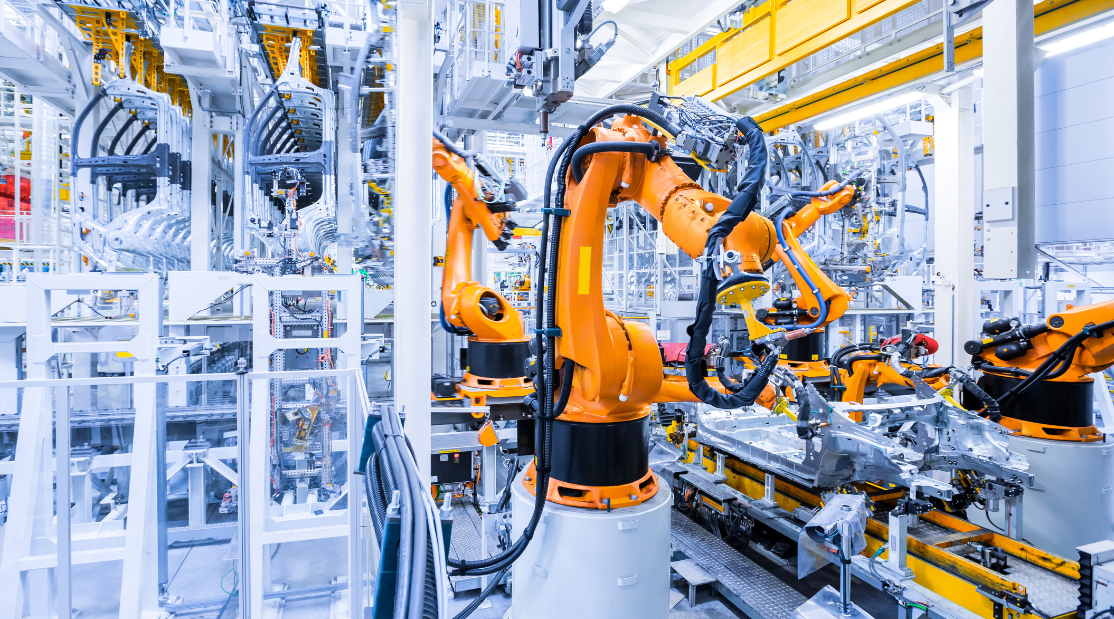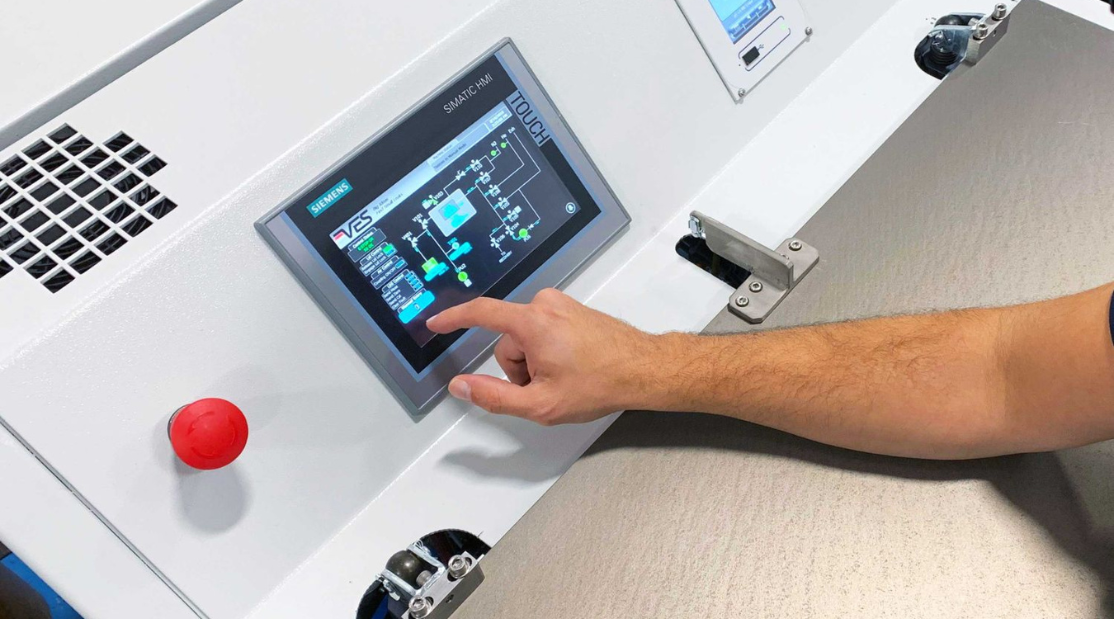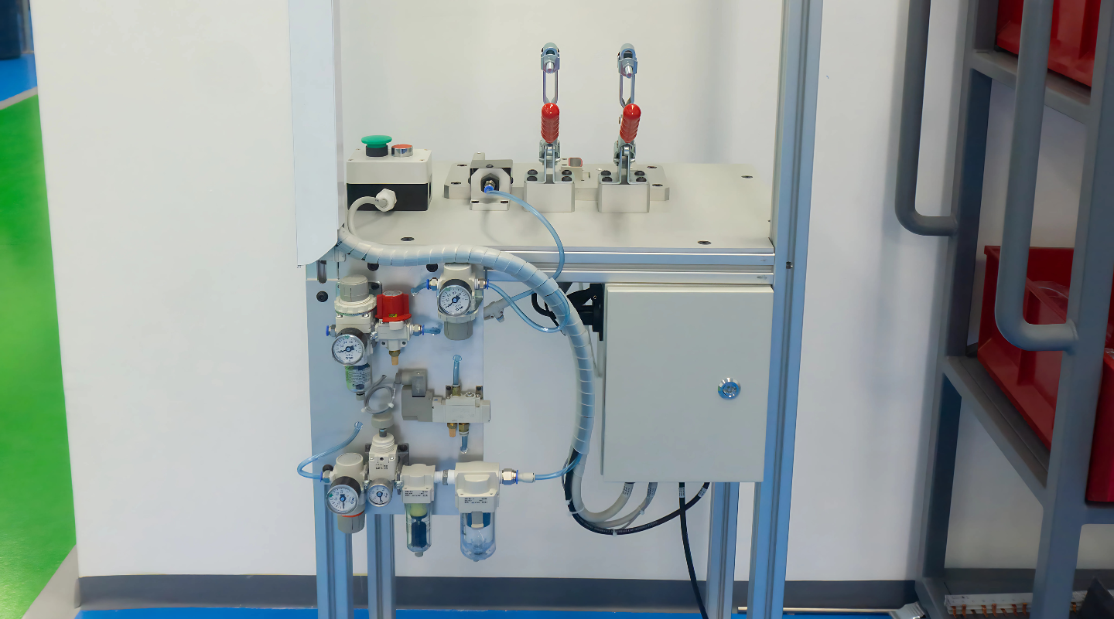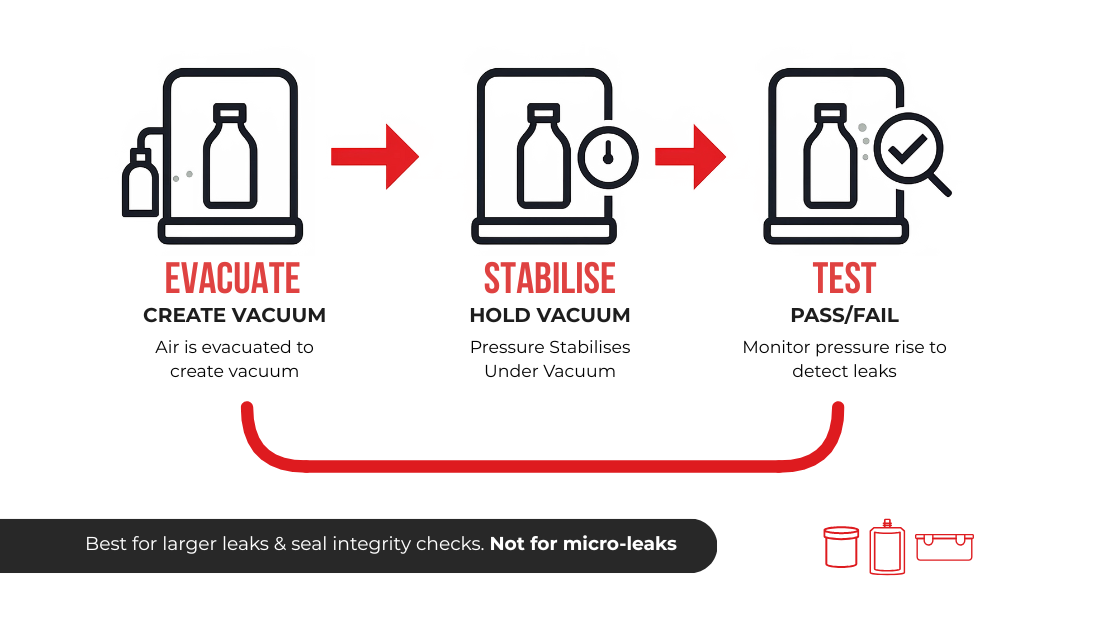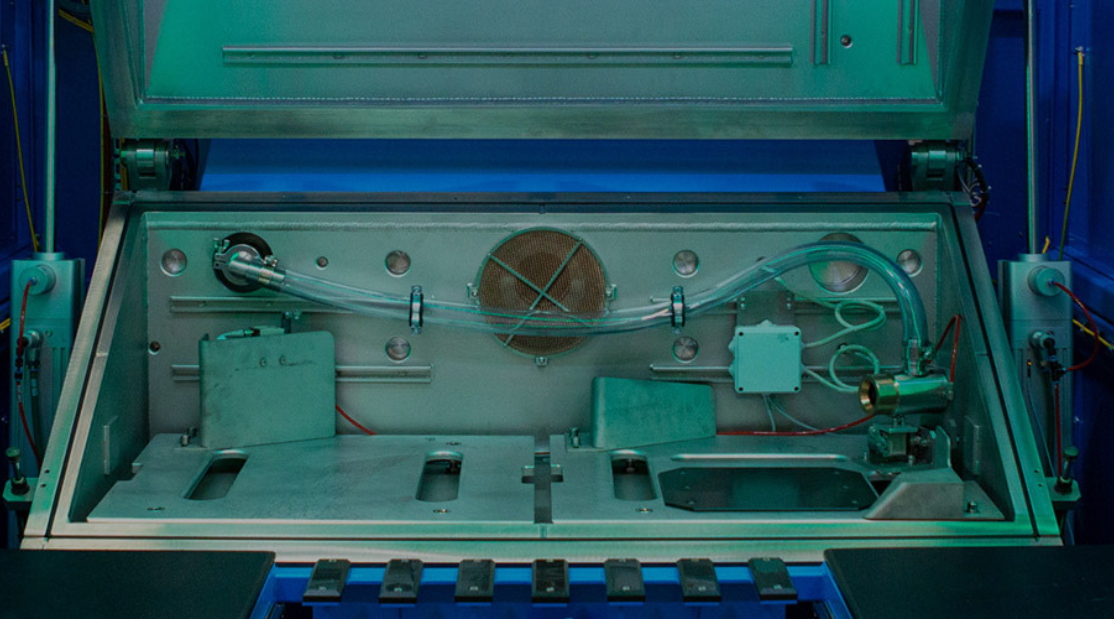At VES, we have extensive experience working with manufacturers of hydrogen pressure vessels, and one challenge we see time and again is scalability. As production ramps up, leak testing can become a bottleneck—unless the right systems and strategies are in place. The reality is that many manufacturers build their initial testing processes for smaller-scale production, only to find that these systems struggle to keep pace as demand increases. The key to avoiding costly slowdowns is designing a leak testing strategy that grows with you.
The Growing Pains of Scaling Production
When production scales, manufacturers often focus on increasing output, hiring staff, and optimising supply chains. Leak testing, however, is sometimes treated as an afterthought—until it starts slowing everything down. The common pain points we see include:
- Test Cycle Times Are Too Long – What worked at low volumes might not be fast enough for higher production levels.
- Equipment Isn’t Modular or Scalable – If your leak test system can’t easily be upgraded, you may be stuck with expensive and disruptive replacements.
- Compliance Becomes a Bigger Challenge – More production means more scrutiny, and outdated testing methods can struggle to meet evolving industry regulations.
- Gas Costs Skyrocket – As testing volume increases, so does the cost of helium and other tracer gases, cutting into margins.
Ignoring these issues can lead to delayed shipments, costly rework, and even compliance risks. The good news? There are ways to ensure your leak testing keeps up with production growth.
Key Strategies for Scalable Leak Testing
1. Invest in a Modular System
A common mistake is investing in leak test equipment that works well today but has no room for expansion. Modular systems allow manufacturers to scale their testing capacity without completely overhauling their equipment. Need to double throughput? Add another testing station. Expanding into new markets with different compliance requirements? Swap in a new module to meet those standards.
By designing for flexibility from the start, manufacturers can grow their leak testing capacity in step with production needs, rather than scrambling for solutions after the fact.
2. Optimise Test Cycle Efficiency
As production scales, every second matters. A test cycle that takes too long can create a bottleneck, forcing manufacturers to either slow production or invest in additional equipment. Faster doesn’t always mean better, but optimising test cycles through automation, improved fixture design, or smarter software can make a big difference.
One effective approach is integrating automated pass/fail sorting—allowing defective units to be flagged immediately rather than clogging up production lines. Additionally, using real-time test data can help manufacturers identify trends and fine-tune test parameters to speed up cycles without sacrificing accuracy.
3. Manage Gas Usage and Costs
For many manufacturers, the cost of helium and other tracer gases increases significantly as production ramps up. There are two ways to address this:
- Alternative Gas Mixtures – Some systems allow for a shift from 100% helium to forming gas blends, significantly reducing costs without compromising accuracy.
- Gas Recovery Systems – Rather than venting tracer gas after each test, a recovery system captures and purifies it for reuse. This can reduce helium consumption by as much as 90%, leading to major cost savings over time.
Keeping gas usage in check ensures that scaling production doesn’t come with unnecessary expenses.
4. Stay Ahead of Compliance Changes
Regulatory requirements aren’t static—especially in industries like hydrogen storage, where safety and environmental concerns drive frequent updates. A leak test system that meets today’s standards might fall short in a year or two.
Investing in equipment that supports multiple compliance standards (such as R134 and TCATSI) ensures that your production line won’t need constant retooling to stay compliant. Likewise, having built-in traceability features—like automated data logging—can make audits and certifications easier to manage.
5. Consider Full Turnkey Solutions
Many manufacturers try to piece together different components for their leak testing setup, but this can create inefficiencies and integration headaches. A solution—where the test equipment, software, and automation are designed to work seamlessly together—can simplify scaling efforts.
Turnkey systems often come with pre-integrated data collection and remote monitoring capabilities, allowing manufacturers to optimise performance and predict maintenance needs before they become problems.
Future-Proofing Your Leak Testing
Scaling production is exciting, but without a solid leak testing strategy, it can also introduce costly risks. The best approach is to plan for growth from the outset—choosing modular, efficient, and cost-effective solutions that can expand as production demands increase.
At VES, we specialise in leak testing systems that are built for scalability. Whether you need a modular upgrade path, gas recovery solutions, or a fully integrated system, we help manufacturers keep pace with increasing demand—without compromising on quality, compliance, or cost efficiency. If your production line is growing, now is the time to ensure your leak testing can grow with it.
